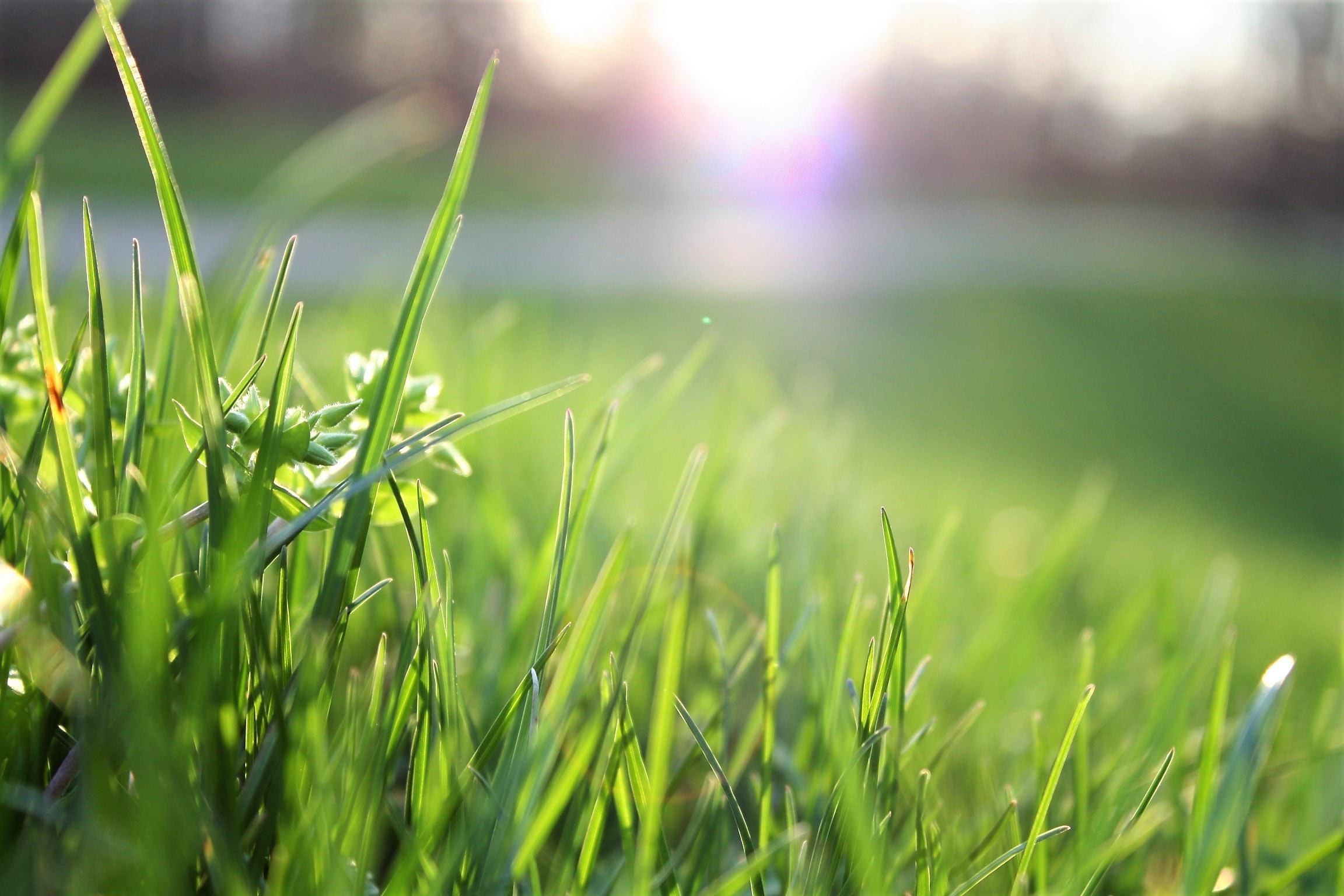
6 lawn care tips to survive the next drought
Ensure your lawn lives, treat every year like a drought year
The concept of a steady “average rainfall” is misleading. For example, 2016 saw 32.34 inches of rain while the following year only 17.53 inches fell. Of course, we do not control these variances in rainfall. The best we can do is adapt. And one way to adapt is to treat each year like it’s going to be a drought year when it comes to your lawn.
There are several ways for your lawn to survive a drought. It just depends on how much work you’re willing to put in for your beloved patch of green. Choosing the right species of grass, maintaining proper soil balance and watering like a ninja are the big three steps to success.
But lesser-known practices can make or break your lawn in a drought. Mowing equipment with proper settings, aeration, and high-traffic areas are also important considerations to ensure your lawn survives the next drought.

1. Prepare early
If you know it’s going to be a drought year, then take preventative action. Consider what the coming season will bring one-to-two months ahead of time. We have wonderful computer weather models these days and forecasting isn’t quite the crystal ball ritual it used to be. NOAA offers drought predictions at this link. If there’s a drought predicted or extended dry period, make your lawn strong and healthy ahead of time. It’s sort of like getting in shape before a race. Do your stretches and cardio workouts. It will help you in the long run.
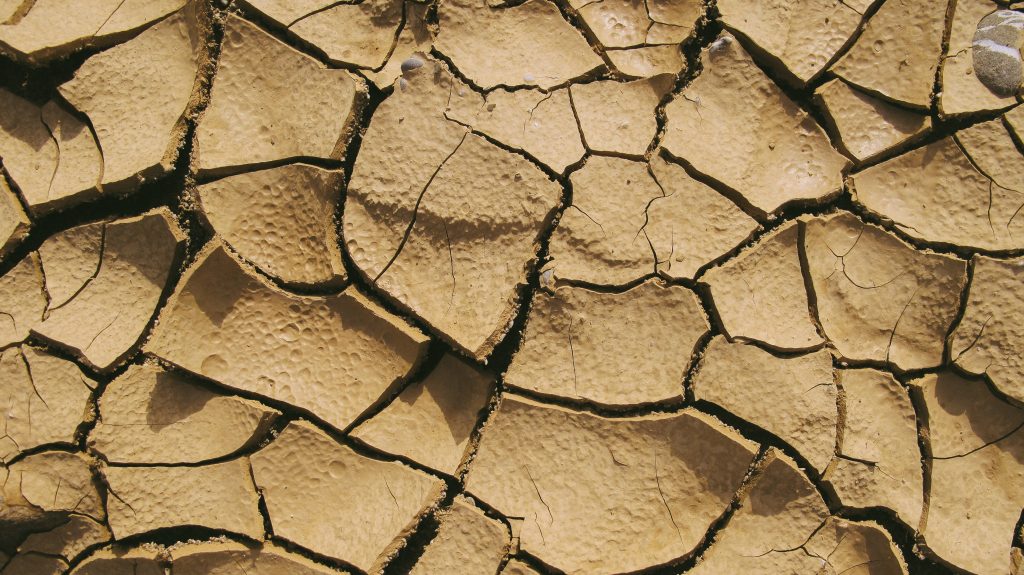
2. Take Care of Your Soil – Nutrients Matter
When a lawn experiences drought, it’s often what’s below that leafy green covering that matters most. Maintaining healthy soil keeps those underground lifelines called roots flowing with nutrients and oxygen. Aerated and nutrient-rich soil allows for roots to work at their maximum efficiency.
Dangers to healthy lawn soil include compaction (more on this later) and low nutrient content. To keep the soil healthy, try to use organic potassium fertilizers. Soluble potash in your lawn’s soil will help the blades of grass maintain turgor pressure – the force between the plasma membrane and wall of a plant cell.
This pressure helps in droughts because basically, plants can take up large amounts of potassium, shoring up their cell structure for the coming dry days.
Also be aware that sandy soil, like the kind found in the Outer Sunset of San Francisco, doesn’t do a good job of holding nutrients and water. This means the root system is already in a weakened state most of the time. Drought will be felt more severely in this type of soil.
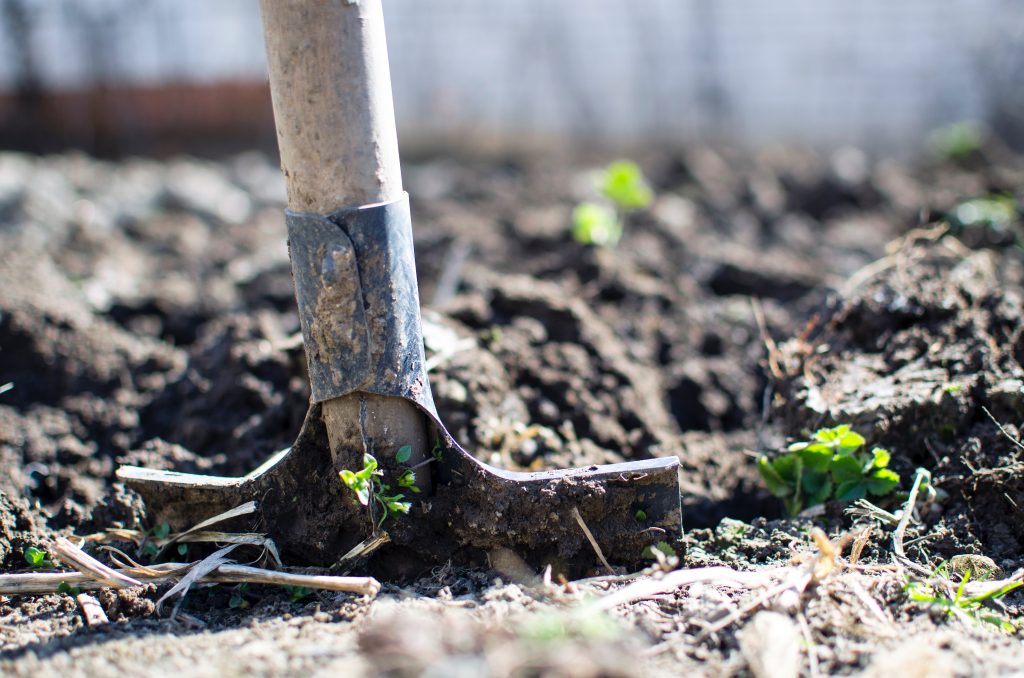
3. Aeration Means Happy Soil
The soil under a healthy lawn is rich a network of air pockets. Oxygen, nutrients, and water percolate through these passageways to feed the roots of your grass. These routes must stay open. During drought, the hardening of soil shuts off these thoroughfares and deprives your lawn of its basic life essentials.
Aeration can be done either with sophisticated mowing equipment (something that looks like a series of bicycle sprockets) or by using something as simple as a pitchfork. That’s right, taking a pitchfork and puncturing your lawn will provide tiny holes for aeration. The process doesn’t pollute and it gives you a decent workout as well.

4. Watering
Try watering your lawn space late at night or early in the morning when evaporation by the sun is non-existent or minimal. When you do water the lawn it’s best to do so infrequently, but for a long period so the water penetrates deeply.
Also, be accurate with your watering. The antiquated sprinkler systems of your grandparents’ house wasted tons of water. Designed in an era when water conservation was not an issue, the bulky, metal “clicking” systems have a rightly deserved rep for being water wasters.
By installing a proper automatic irrigation system or watering manually with a hose during optimal times, you can greatly decrease water consumption and keep your lawn happy. Irrigation systems can be customized to reach most parts of your lawn and the opportune times of night (early morning actually).
Hand watering is optimal as it not only gives you a peaceful moment to yourself and your lawn, it’s most effective in hitting those hard-to-reach spots. Also remember that higher points on your lawn, where water will run off downhill, should get extra water time.
Water your lawn like nature would. Heavy amounts of water sporadically, like when a storm moves through an area. Grass that only gets little sprinklings of water tends to grow shallow roots which will need constant re-watering.
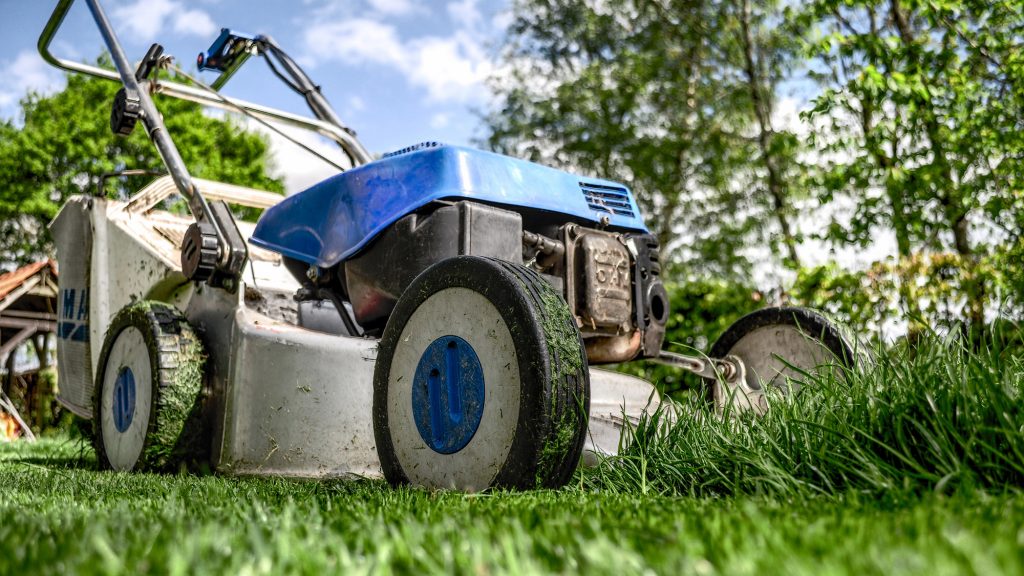
5. Mowing
When mowing, if you cut too much of the grass blade the plant will require more energy to grow back. The lower part of the grass leaf contains the most moisture while the top third is thin and fibrous and doesn’t store as much water. By keeping your lawnmower blade sharp and adjusting it to cut just the top third of the grass, you’ll spare trauma to your grass plants.
Depending on your mower, and frequency of mowing, you should sharpen your blade a few times each season. Whenever you do mow the lawn, leave those clippings on the turf as they work like a light mulch.
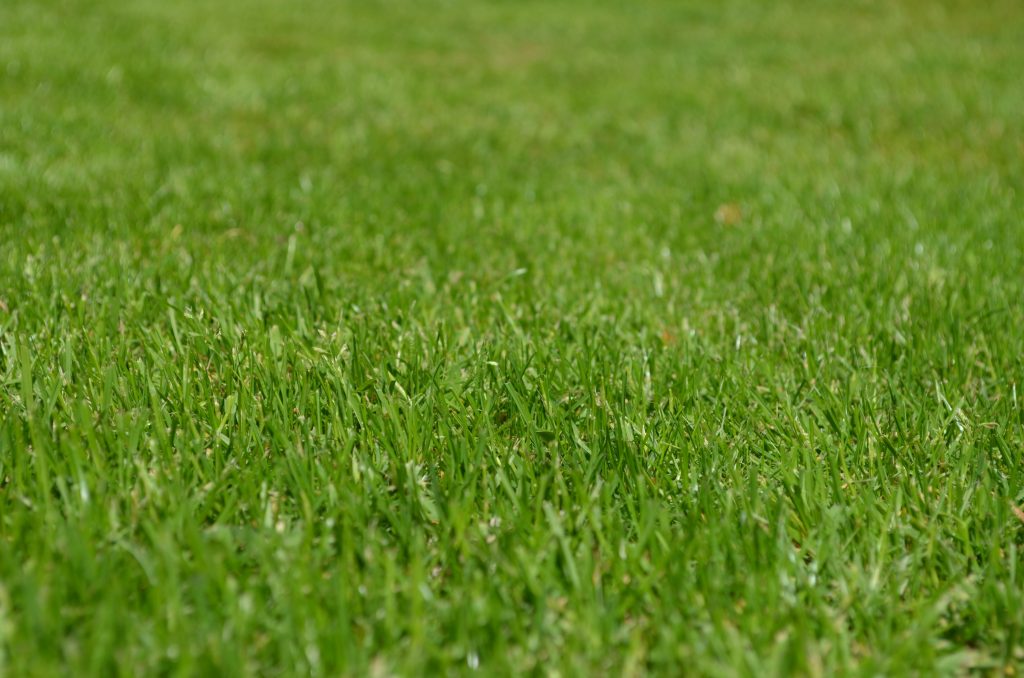
6. Drought Tolerant Grasses
One thing to consider is drought-tolerant grass for lawns. There are specific types of turf able to go long periods without watering. The developers of these breeds have taken the desirable “looker” types like bluegrass and Buffalograss and breed them with non-thirsty strains. So successful are these cross breedings that some require only half the water that a typical lawn will need.
So let’s review the best practices to ensure your lawn makes it through the next drought period:
-Plan ahead of the drought as much as possible
-Love your soil with organic potassium fertilizers
-Water your lawn like a super ninja with a garden hose
-Aerate your lawn to keep the roots of your grass happy
-Tune-up your mower and blades to be sharp and fabulous
-Explore new and wonderful varieties of drought-resistant grass
-Keep all traffic off the lawn and on the adjacent sidewalks, drives, and pathways
Tags: aeration, Drought, lawncare, mower, potash, soil nutrients, watering

